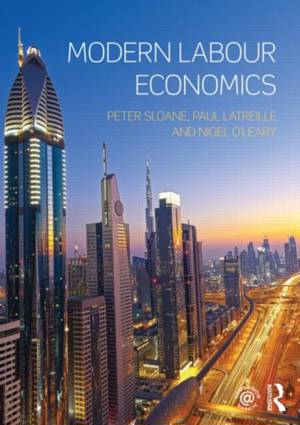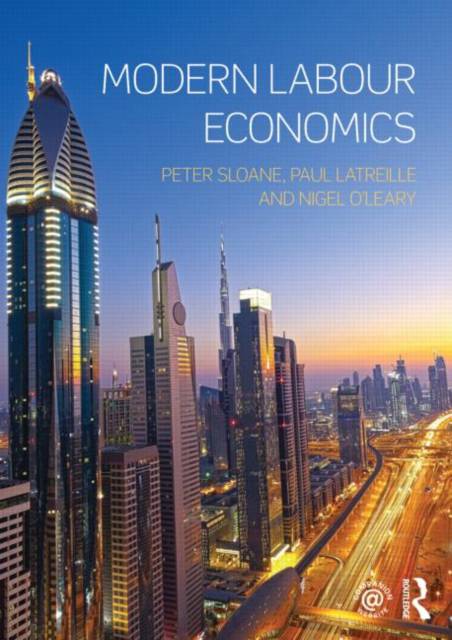
- Retrait gratuit dans votre magasin Club
- 7.000.000 titres dans notre catalogue
- Payer en toute sécurité
- Toujours un magasin près de chez vous
- Retrait gratuit dans votre magasin Club
- 7.000.0000 titres dans notre catalogue
- Payer en toute sécurité
- Toujours un magasin près de chez vous
Description
Labour economics as a discipline has changed dramatically in recent years. Gone are the days of a "job for life". These days, firms and employees are part of a less regulated, more fluid, and more international labour market. Knowledge, training, human resource development and human capital are all major factors on the contemporary scene.
This new textbook is the first properly international textbook to reflect these swingeing changes. Its key areas of concentration include:
- the increasing importance of human capital including education and occupational choice
- the major subdivision of personnel economics including economic inactivity and absenteeism
- comparative cross country studies and the impact of globalization and migration on national labour markets
- equal opportunities and issues of discrimination on the basis of race, gender and disability
- conflict at work, including both strikes and, uniquely, individual disputes.
Other issues explored include the supply and demand of labour, wages, the current role of trade unions, bargaining and conflict, and working time. The book is written in a clear, accessible way with some mathematical exposition, reflecting the text's grounding in current microeconomic theory. The book also contains case studies designed to illuminate theoretical concepts and exercises and discussion questions to test the students understanding of the various concepts outlined in the text.
Spécifications
Parties prenantes
- Auteur(s) :
- Editeur:
Contenu
- Nombre de pages :
- 400
- Langue:
- Anglais
Caractéristiques
- EAN:
- 9780415469814
- Date de parution :
- 29-03-13
- Format:
- Livre broché
- Format numérique:
- Trade paperback (VS)
- Dimensions :
- 188 mm x 241 mm
- Poids :
- 771 g

Les avis
Nous publions uniquement les avis qui respectent les conditions requises. Consultez nos conditions pour les avis.






